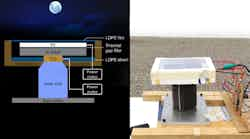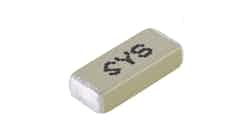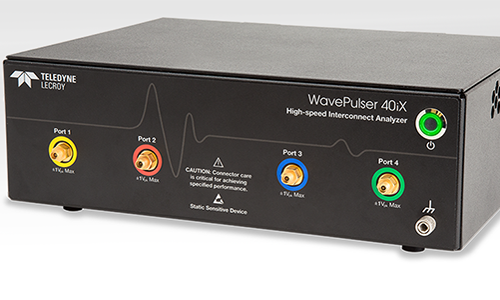Personalized medical monitoring is clearly a hot and important area for many reasons—and doing it remotely and continually is even hotter. Key to accomplishing this successfully at the physical and sensor level, which is where such desired biomedical “insight” and data-capture starts by necessity, is the ability to monitor body bioimpedance (often simply referred to BioZ). A lot can be ascertained with such non-invasive skin-based sensing, until humans evolve to come “pre-wired” with suitable sensors and an interface (presumably wireless but perhaps as an implant, who knows?),
Addressing the challenging needs of this application,Analog Devices/Maximintroduced the MAX30009, a high-functionality, highly sophisticated, ultra-low-power BioZ analog front end (AFE) for remote-patient monitoring (RPM) devices (obviously, this designation “RPM” should not be confused with revolutions per minute!)(Fig. 1).
Bioimpedance-based analysis devices offer a convenient way for healthcare professionals to measure or assess parameters such as body fat percentage and body composition, respiration, and impedance cardiography. However, from a sensor standpoint, it’s a difficult environment due to millivolt signals of random signal strength originating from high-impedance sources that can’t tolerate low-impedance loading from the front-end amplifiers. In fact, AFE input impedances above 1 GΩ are needed.
AFE-on-a-Chip
Focused on developers of small, battery-powered, continuously wearable devices, this AFE-on-a-chip offers clinical-grade vital-sign measurements of bioimpedance analysis for patient health assessment. It suits wellness wearables and medical-grade patches and requires just 250 μW of power from a 1.8-V battery. Typical shutdown current is just 0.6 μA.
The MAX30009 monitors a comprehensive range of BioZ modalities through simultaneous I and Q measurements in two-electrode (bipolar) and four-electrode (tetrapolar) configurations. Analog Devices maintains that this device reduces power consumption by 62% compared to the closest competitive product and is 30% smaller than the closest competitor.
BioZ Measurements
As a result, flexible inputs for BioZ modality measurements as well as a wide range of sample rates can support various medical BioZ measurements. Such a wider range allows for more detailed insights into patient health by measuring respiration rate, galvanic skin response and electrodermal activity, body composition and fluid analysis, bioimpedance spectroscopy, impedance cardiography, and plethysmography across a wide range of frequencies and magnitudes.
Despite the apparently low operating frequency of the human body, the IC’s medical-requisite frequency range is actually quite wide. The various types of stimuli can operate over frequencies from 16 Hz to 806 kHz, with stimui rates from a mere 16 samples/s to 806 ksamples/s(Fig. 2). The sigma-delta analog-to-digital converter (ADC) offers 20-bit ADC resolution.
The full functionality and feature set of this IC are too lengthy, complicated, and multifaceted to be summarized here in a paragraph, even a long one. Fortunately, the first page of thecomprehensive 96-page datasheetprovides an excellent overview and summary.
Eval Kit
The MAX30009 uses an SPI interface to its companion microcontroller and is housed in a 2.03- × 2.03-mm, 25-bump, wafer-level package (WLP). Hands-on development support is available using the MAX30009EVKIT# Evaluation Kit(Fig. 3).
这个工具包包含两个板:单片机board plus a sensor board containing the MAX30009 itself. It’s powered by a 105-mAh LiPo battery that’s recharged through a supplied USB-C cable; it transfers data using the included Cypress USB Bluetooth LE dongle. Six electrode cables also are included along with other cables.
The board, which includes many easy-to-reach test points, can be observed and controlled via the available Windows 10 GUI. Its detailed29-page datasheet/user guideincludes necessary operating details, state diagrams, timing diagrams, and flow charts plus a schematic diagram and full bill of materials (BOM).
还有一个内容丰富的视频,看着the medical objectives and challenges, and explains the role of this IC in that context. It’s linked at the bottom of theMAX30009 product page. The MAX30009 is priced at $5.26 (1,000-piece lots), while the complementary MAX30009EVKIT# Evaluation Kit goes for $198.22.


















